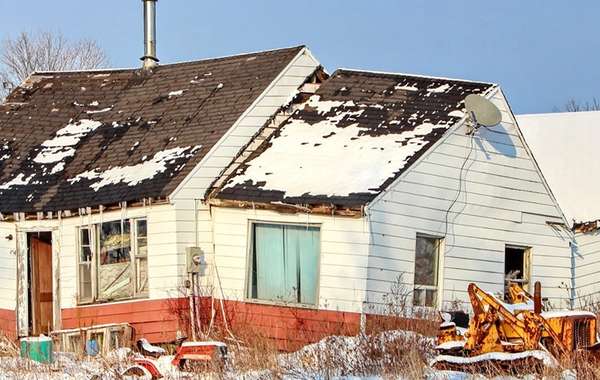What experience do you have with techno piles?
They seem to have many ecological strong points - once one has decided not to go the basement route. What in floor heating system - if any - would you recommend. We are looking to build a 24' x 20', two storey cottage in the Bas St- Laurent. thanks,
Rob



























Techno piles, helical piles or screw piles can be a good option in some cases, particularly where there are extremely high water tables, or very unsuitable soil conditions. Here is a case study we covered about just such a house –
Affordable home built on screw piles instead of basement
There are downsides to building on screw piles though, for one thing you are exposing an entire other surface of your home to the elements instead of having the temperature balancing effects of a basement or a slab on grade. That means either hot or cold air will blow under your home, which can add to your heating and cooling costs, it also makes an attractive shelter for rodents. Then there is resale value, which for homes on piles is much lower.
We here at Ecohome are not big fans of basements, but we always choose a slab on grade instead of a basement when possible rather than building on helical piles.
It is fairly common to find expansive soils such as leda clay in the Bas Saint Laurent region so I’m wondering if that was what steered you in the direction of building a home on piles. Another option to explore – what we like for ecological reasons among many other reasons – building a raft slab on expansive soils can be much more affordable than soil remediation for thickened edge slabs or basement footings. Do you already have a building lot and know the soil quality?
We at Paalupiste (and Rotopile) have used the helical piles as a source of heating and cooling by embedding geothermal collectors inside the piles. The benefit is that it saves the drilling costs of a geothermal well, which is especially expensive in the areas where there is a thick layer of clay before solid rock. When using the piles for heating/cooling, long piles can actually save customers´ costs by being a source of free heating and cooling, instead of being an ´unpleasant expense´. Only total 150m piling meters are required to take care of the heating and cooling of the normal 100m2 household in Northern Europe. Usually, fewer piling meters are required when only cooling is applied, or the building is located in a warmer region than Scandinavia. We have plenty of successful references in Finland, the biggest references are 600 car carpark in Turku, Finland, and 4 000m2 junior football hall in Porvoo, Finland.
https://www.youtube.com/watch?v=oIVRc-WWtCY
Overall the helical piles are hands down a better foundation method for eco-buildings than concrete foundations. Helical piles have about 50% lower carbon footprint than concrete foundations of the same capacity. By using helical piles, you don´t need excavation works, soil removal, frost protection, concrete or a dewatering system. It´s also much faster and cheaper than a "traditional" concrete foundation. Also, the load capacity of the helical piles can be verified more reliable compared to concrete foundations. Because of the lack of excavation works and compact installation equipment the site stays clean and undamaged. The bottom of the building is not touching the ground so it stays ventilated, dry, and mold-free. Helical piles are possible to install in all weather conditions, which is not the case with concrete.
It´s good to do some comparison between foundation methods, and choose the one that sounds the most logical for you.
Brgds,
Tero
Forgot to mention that the helical piles can be recycled, which is one of the most important ecological aspects. The pile can be easily unscrewed and recycled, or even used again.